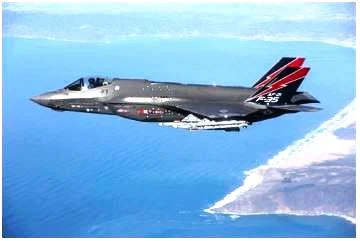What is the purpose of welding
What is the purpose of welding manufacturing has grown rapidly? Speed and economy. Welding plays an important role
Manufacturing for the following reasons process
• Greater
design flexibility and lower design costs
The welded
design provides an easy, quick means of meeting functional requirements. This
independence results in lower costs and improvements in the service life of the
product.
•
Elimination of Patterns Welded designs are made directly from standard steel
sizes. since the patterns are
Not required,
it saves the cost of pattern drawing, pattern making, storage, and repair.
• Low cost
of material Rolled steel is a strong,
Rigid, more
uniform material than casting. therefore,
Fewer pounds
are needed to do the same job. as well,
Since the
cost of rolled steel is one-fourth to one and a half times
Using a
casting, welded steel fabrication cuts material costs by up to three quarters.
by substituting
Riveting welding fabrication saves over 35 percent.
The cost and
weight of the material range from 15 to 25 percent. welding
Allows for
use of simple jigs and fixtures for speed
Layout and
construction.
• Fewer
man-hours of production Roundabout casting processes are eliminated, machining
operations are
at least, and
the working hours are not wasted
Defective
castings that should be rejected. special machines
They can be
produced with only minor modifications
Standard
design, saving time and money. with welding
And with
today's highly efficient manufacturing methods, production is straightforward
and fast.
parts from an
external concern, the company may make
them in his
shop. Additional work applied to existing production facilities and supervision
absorbs overhead costs, leading to more efficient production.
This extra
work means more work for the welder.
• Minimum
inventory and obsolescence charges
Inventory for
welding is about 10 percent of that
required for
casting. Standard steel parts used for:
Welding can be purchased from any steel at short notice
Mill or
worker. New designs do not create development
Stocked stuff
obsolete.
maintenance
and repair
Welding for maintenance and repair is as follows
 |
| Welding for maintenance |
• Adding new
metal hard facing worn parts usually creates a part that is more usable than the
original at substantial savings on replacement cost.
• Immediate
repair and replacement of broken parts
Repair by
welding prevents costly interruptions in production and saves costly
replacements,
• special
requirement production equipment, shop fixtures,
And a wide
variety of structures can be customized to meet special production
requirements.
 |
| Airplane |
Airplane
Wood, cloth, and wire were the main materials
First found
in airplanes. With the change in metal fabrication, the industry became one of
the foremost users of
The welding
process in all its forms. the plane was welding
German in
World War I. A few years after the war,
The tubular
steel fuselage was developed and produced
lines were
established.
Today welding
is universally accepted by the aircraft, missile, and rocket industries.
evolution of supersonic
aircraft and
missiles, involving increased stress, higher
temperature,
and high speed, have rendered the construction
Problems that
can only be met by welding.
Industrial Welding Chapter
Welding
processes employed in aerospace industries, of all types included
Fusion and
Solid-State Welding (SSW), Resistance
Welding (RW),
Brazing, and Soldering. aircraft welder
Required to
perform manual welding operations
Qualification
Certification.
Welding is used in the manufacture of the following
aircraft units
• Pulley
Brackets
• Structural
fittings, mufflers, and exhaust manifolds
• Axle and
landing gear parts and assemblies
• Struts and
Fuselage
• Engine
Bearers, Mounts, and Components
• brackets
• Control
column, quadrant, and lever
• Armor Plate
Assembly
• Gun Mounts
• Gas and
Liquid Tanks
• Fuselage
Wing and Tail Assembly
• Engine
cowling
• Wheel Boot
• Ammunition
Boxes
Welding
processes employed in aerospace industries, of all types included
Fusion and
Solid-State Welding (SSW), Resistance
Welding (RW),
Brazing, and Soldering. aircraft welder
Required to
perform manual welding operations
Qualification
Certification.
Welding is
used in the manufacture of the following aircraft units:
• Pulley
Brackets
• Structural
fittings, mufflers, and exhaust manifolds
• Struts and
Fuselage
• Engine
Bearers, Mounts, and Components







0 Comments